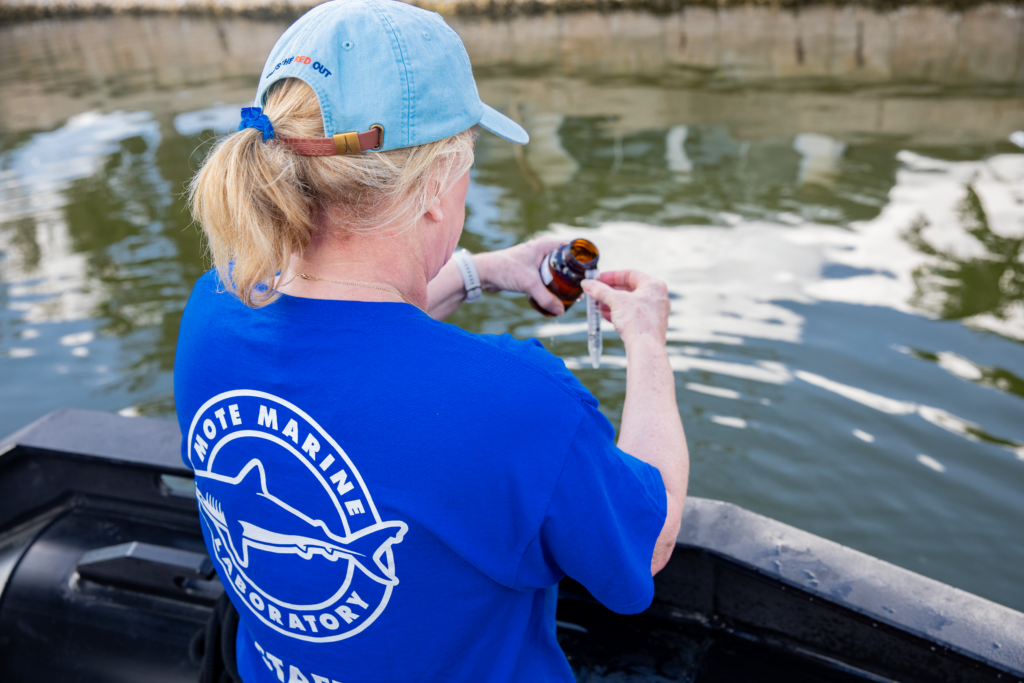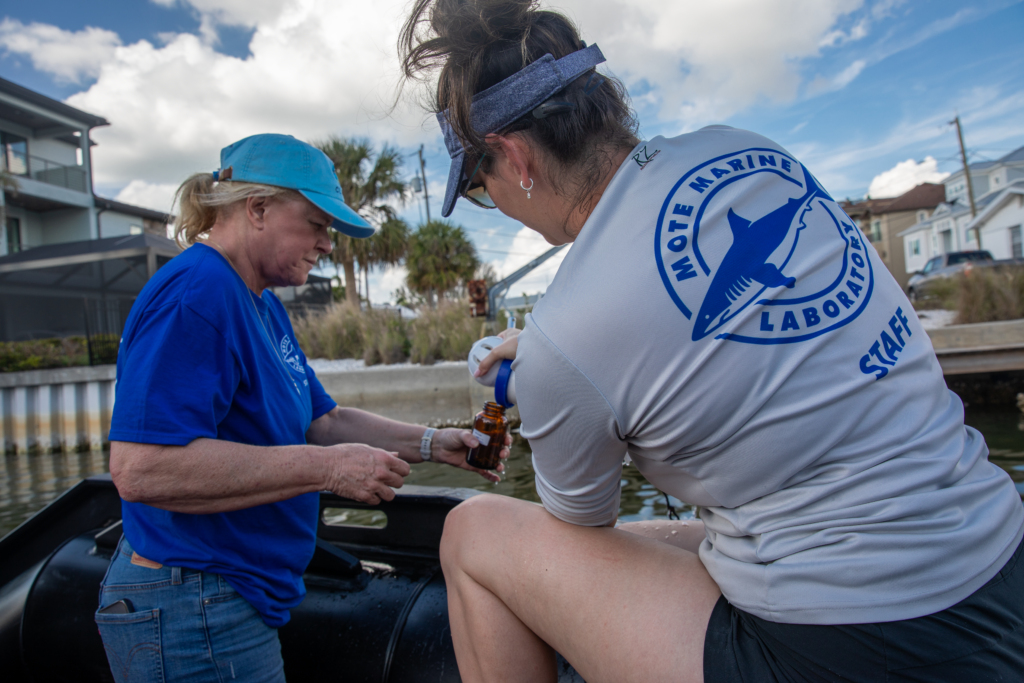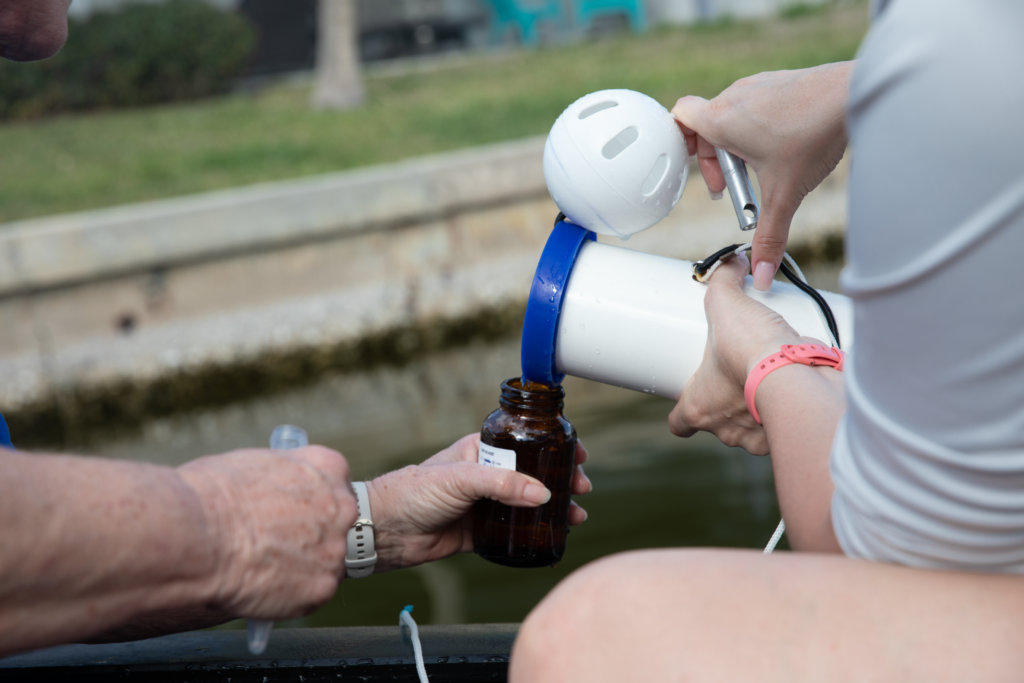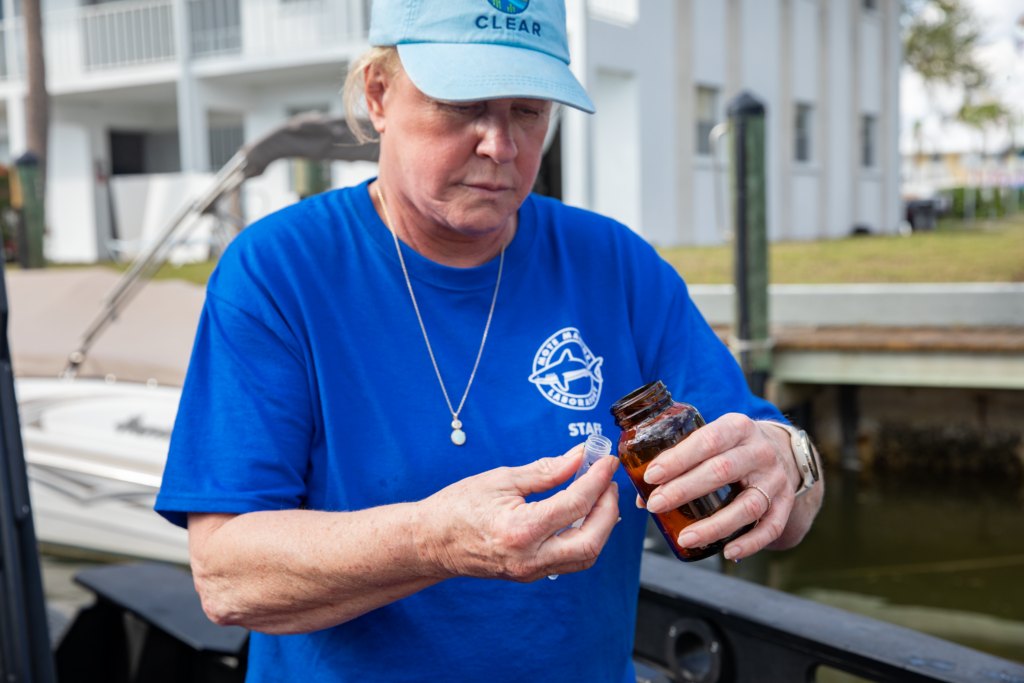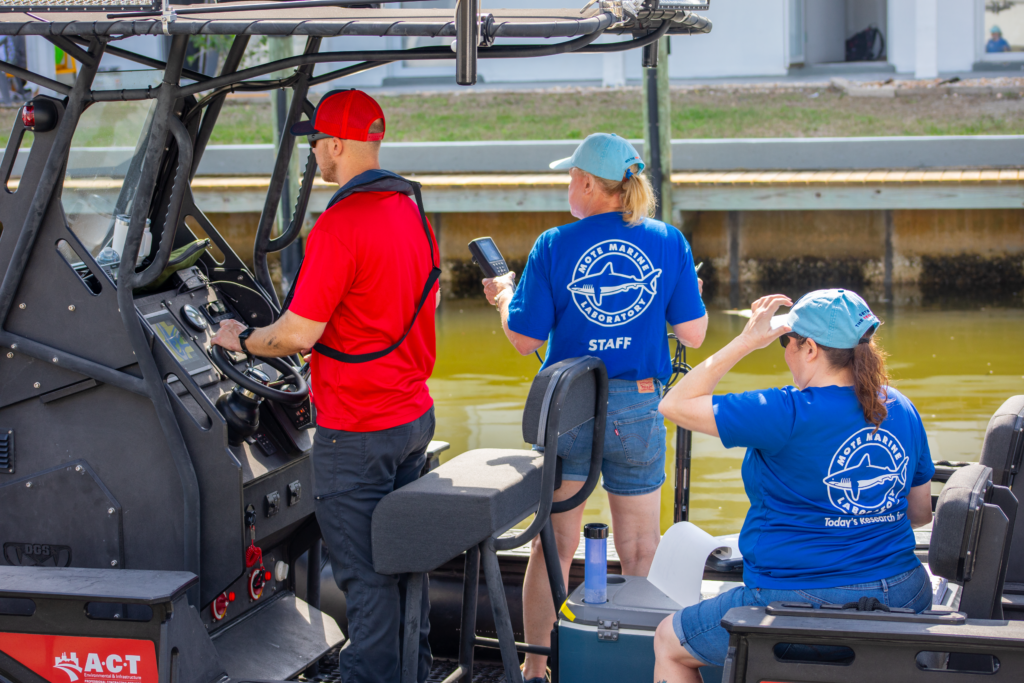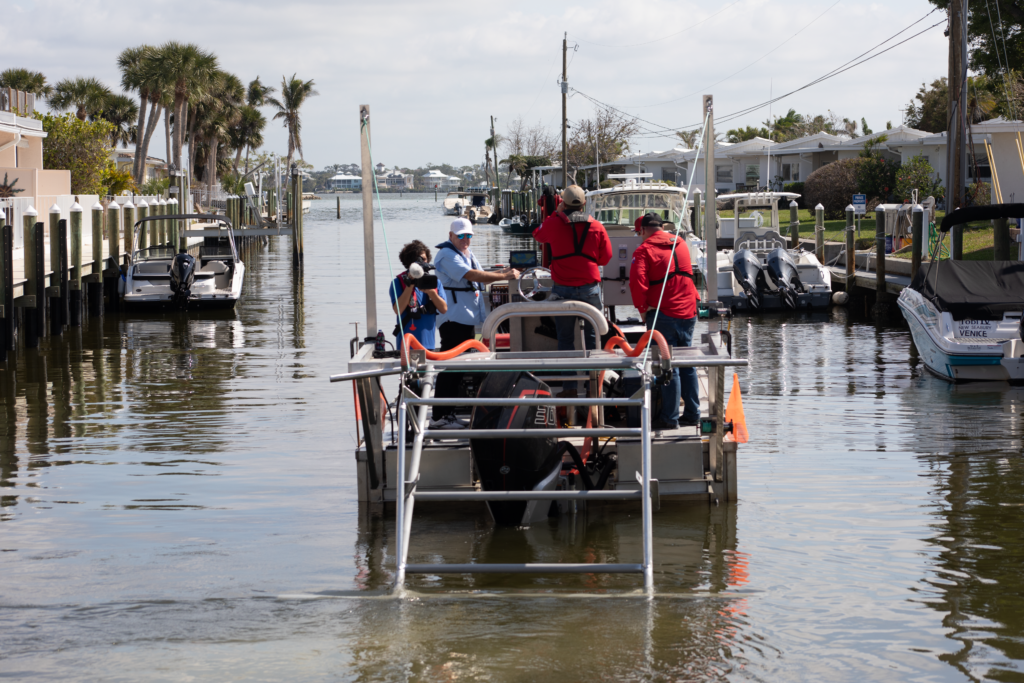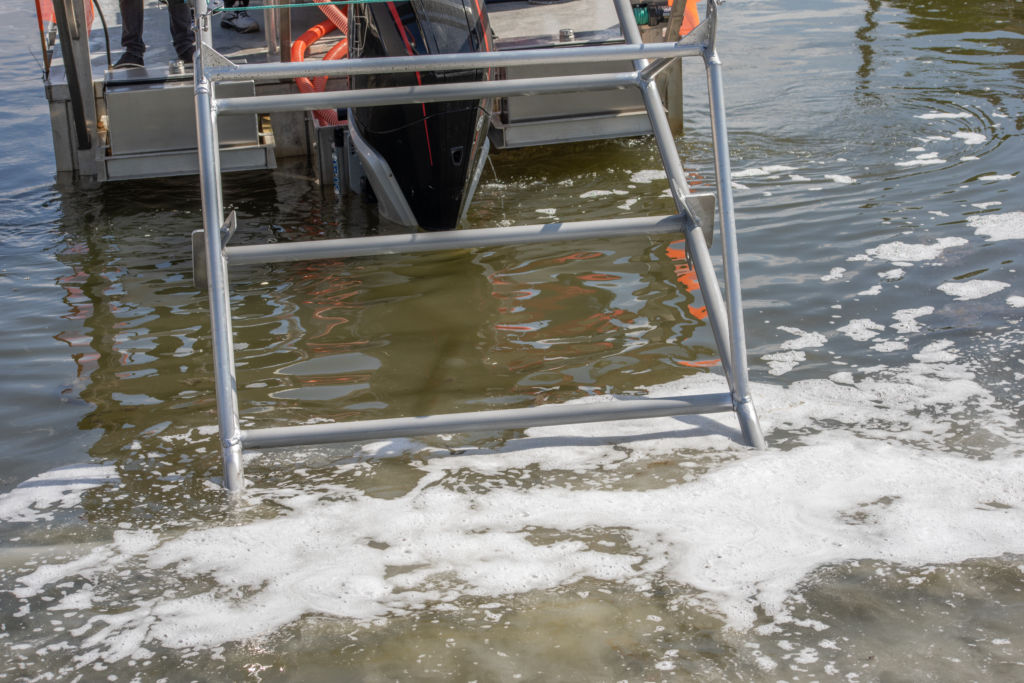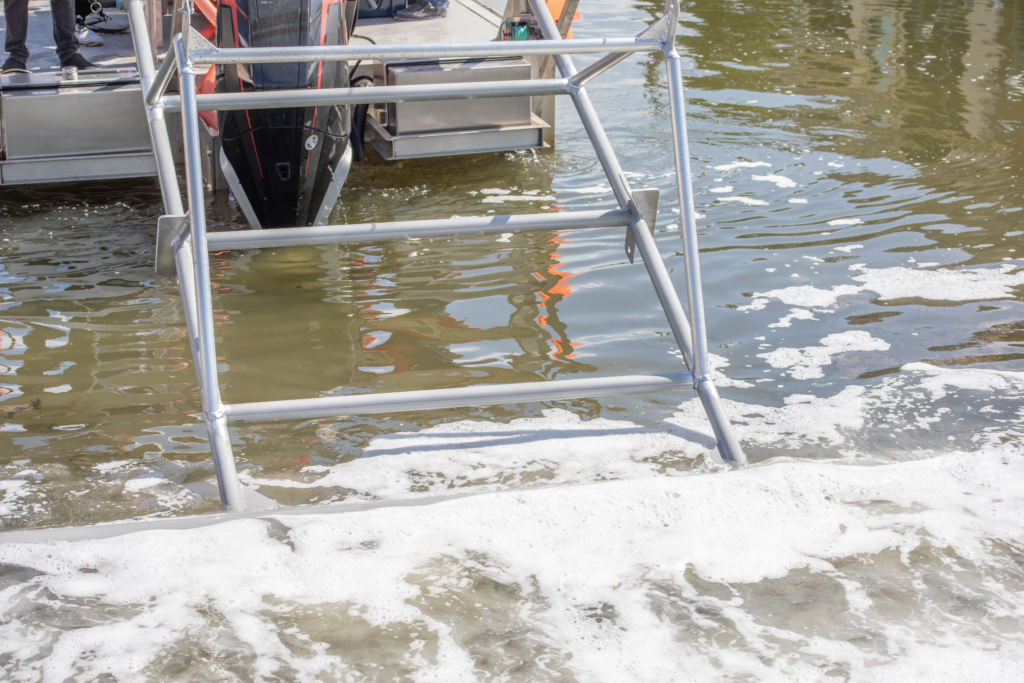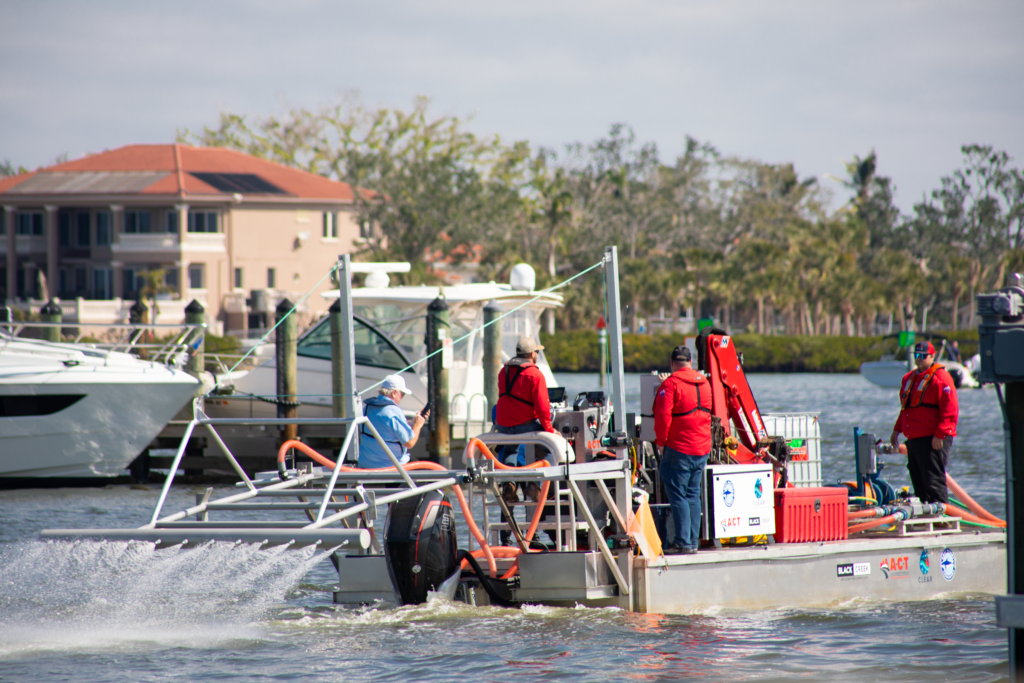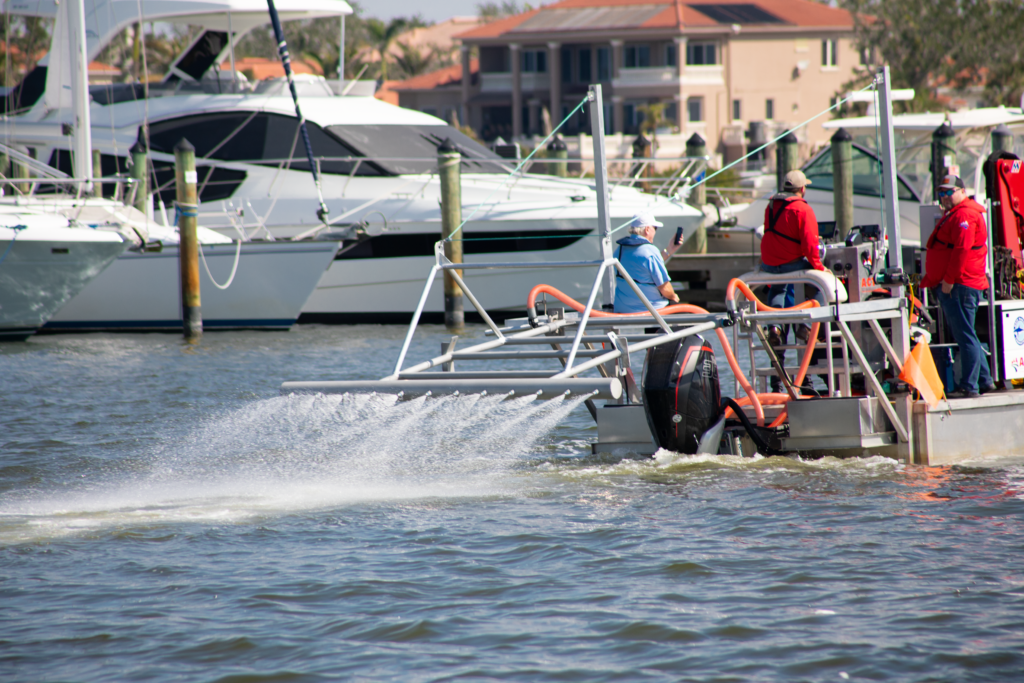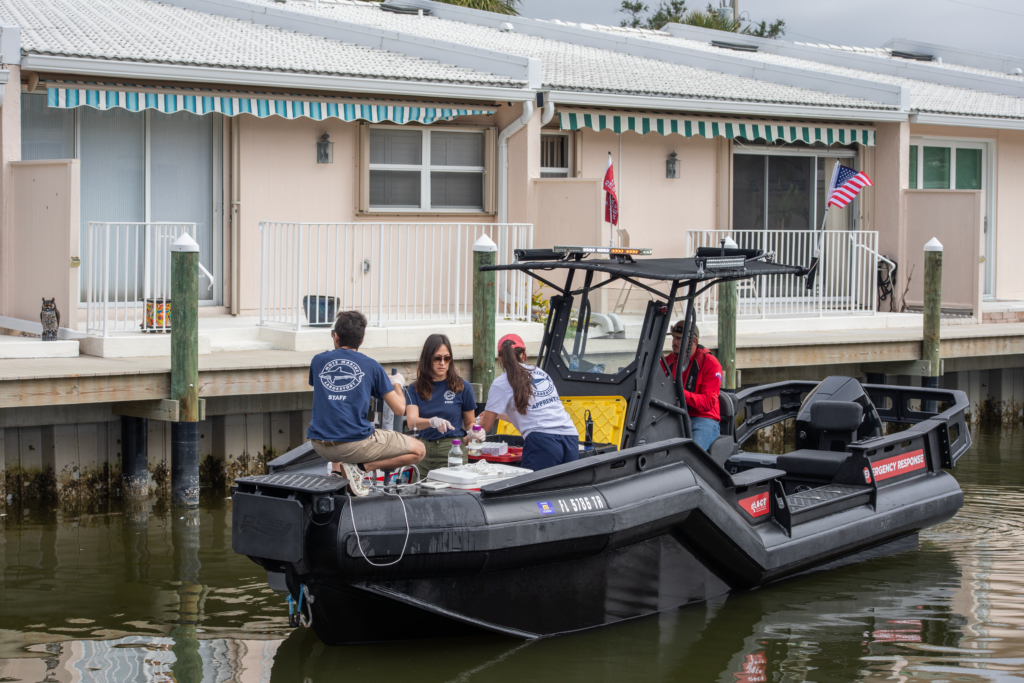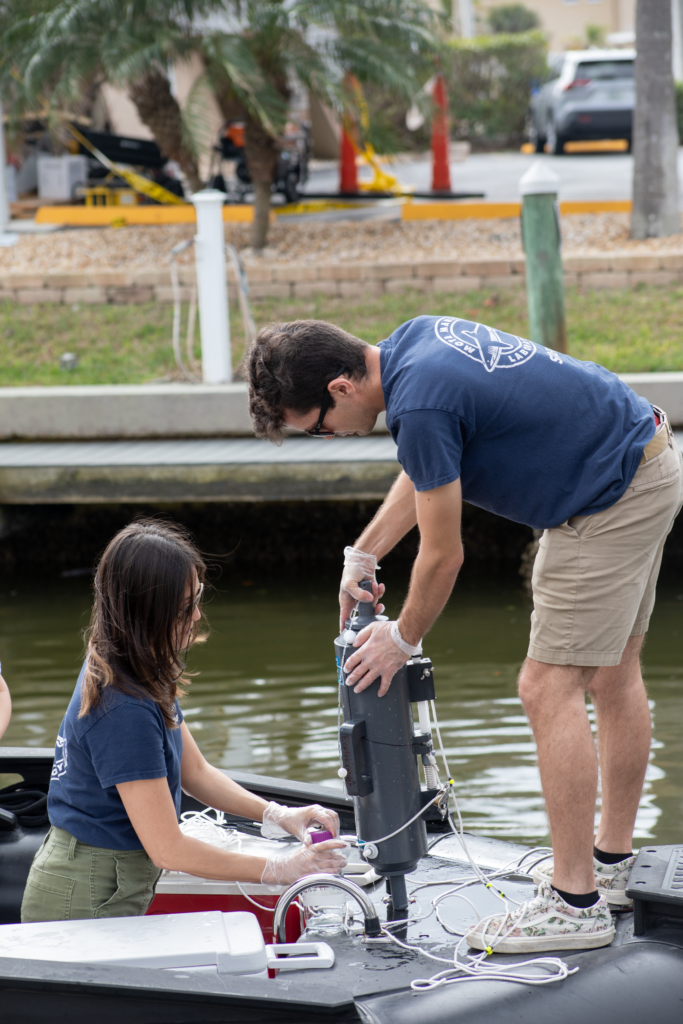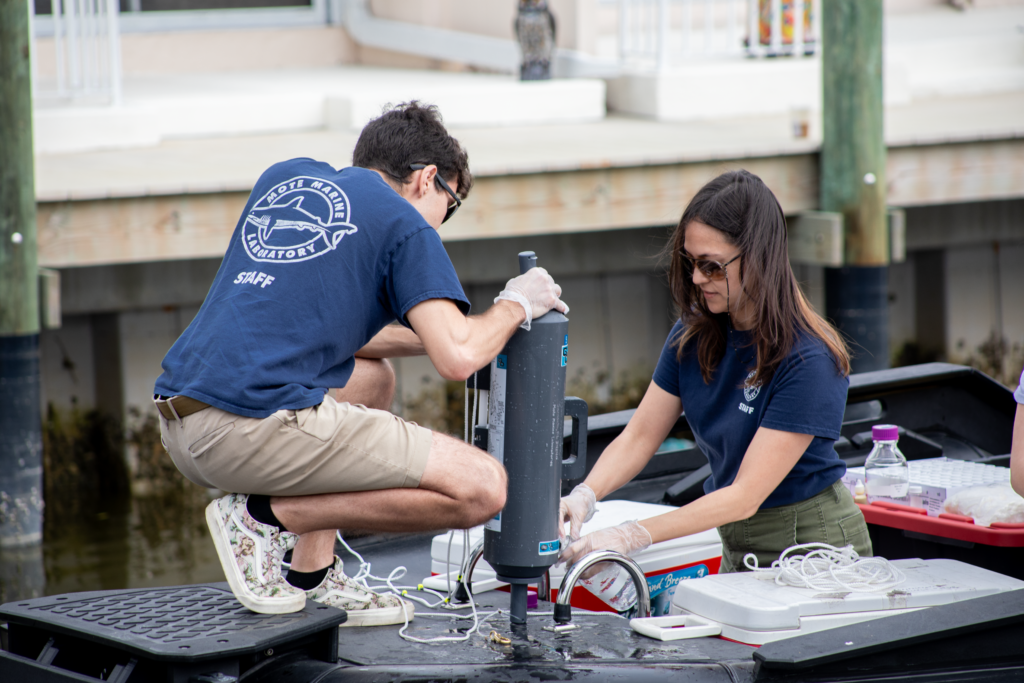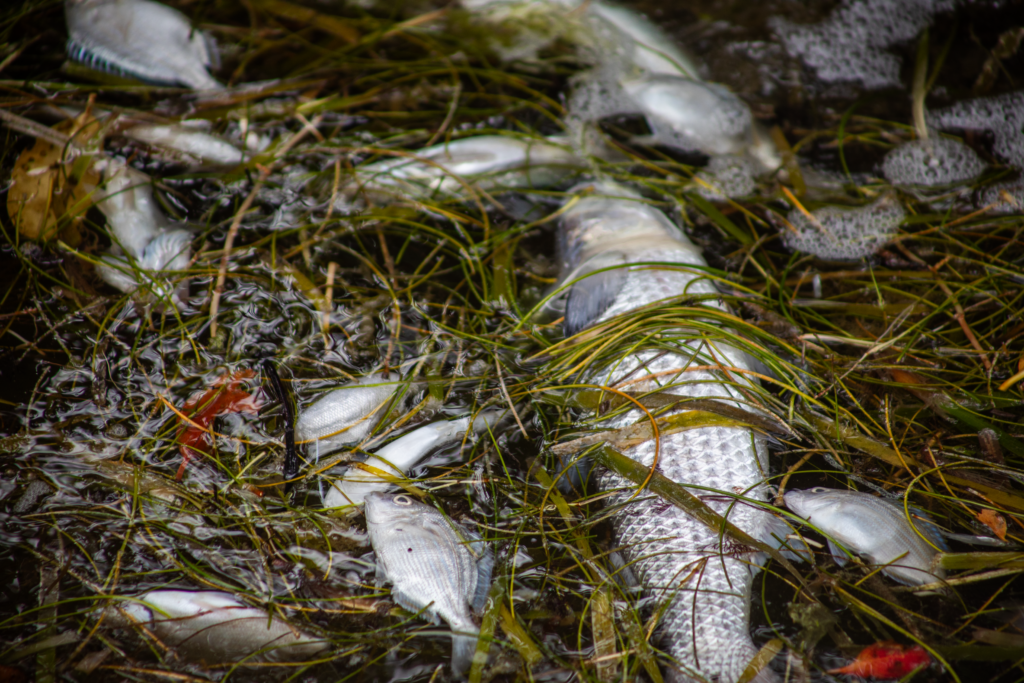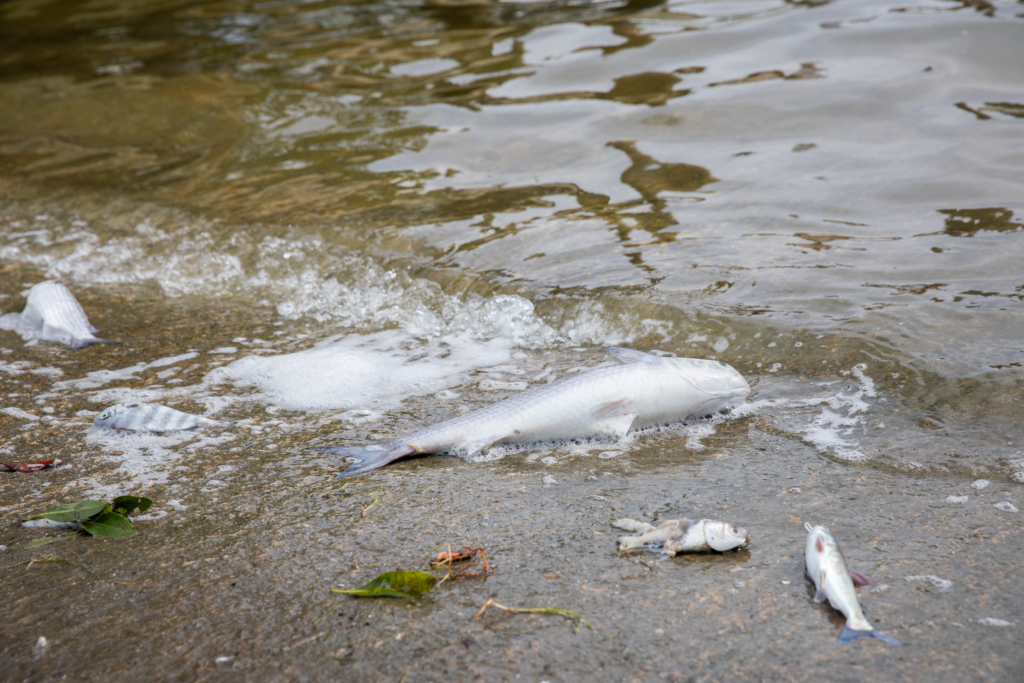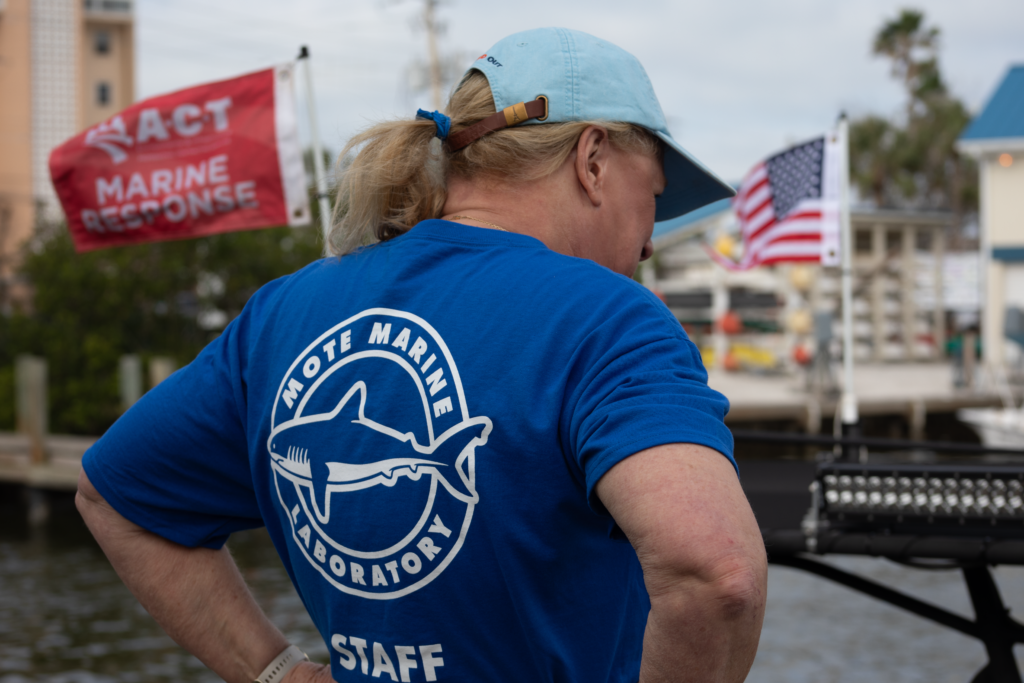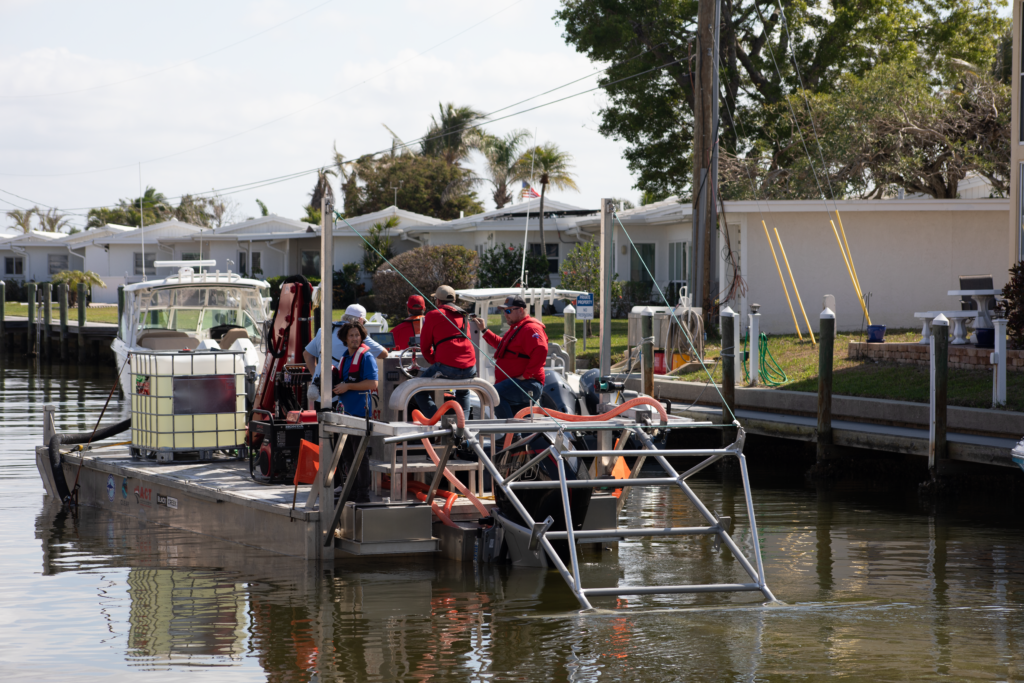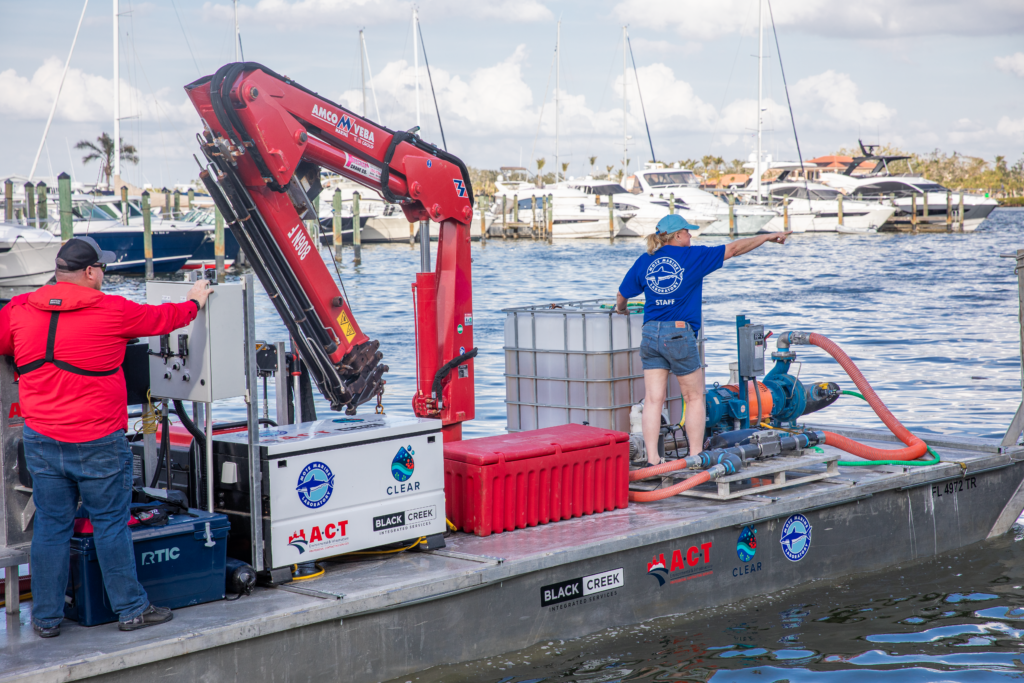Mote and Partners Conduct First-of-its-Kind Red Tide Mitigation Field Test During an Active Bloom
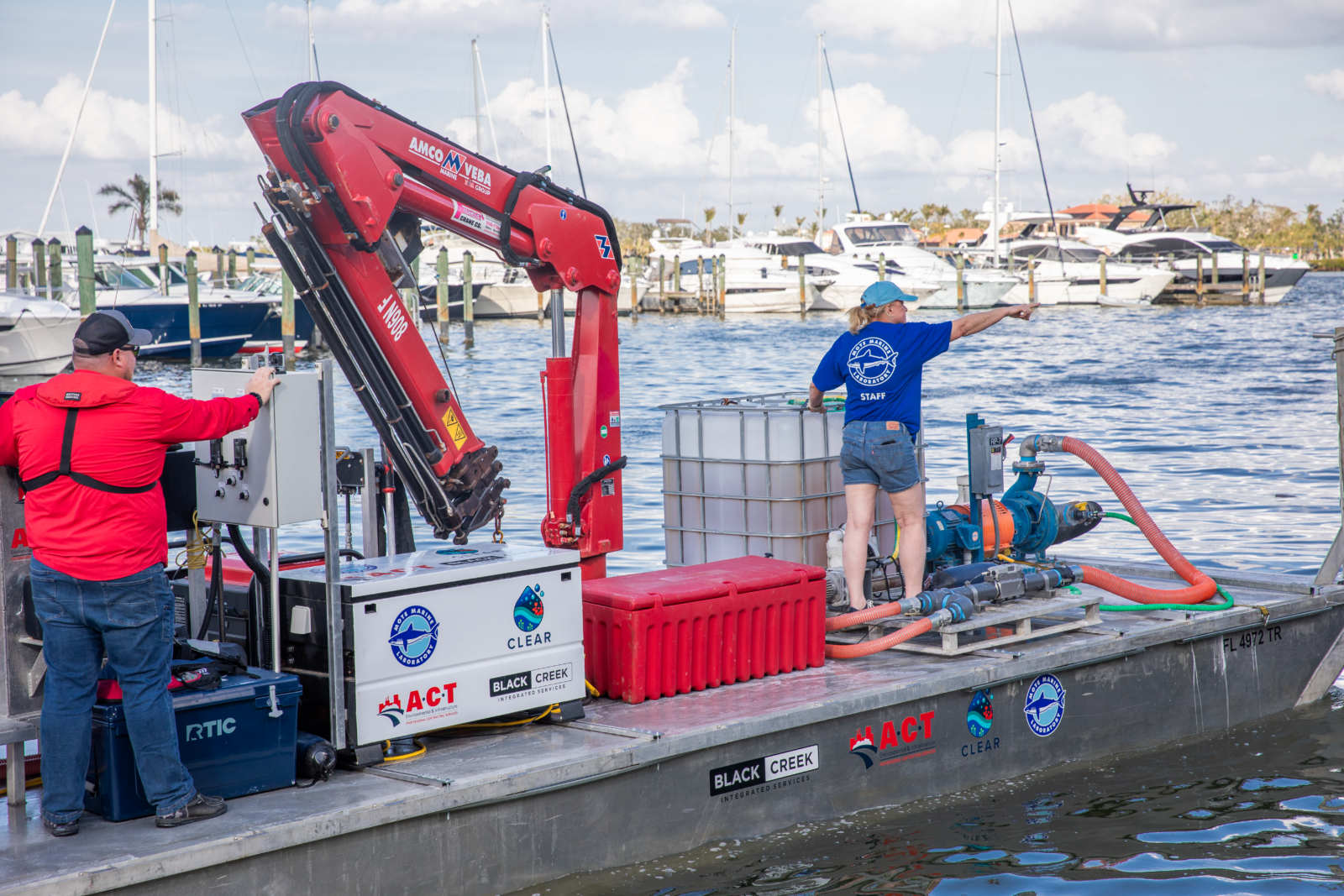
Mote and Partners Conduct First-of-its-Kind Red Tide Mitigation Field Test During an Active Bloom On Friday, February 14, Mote Marine Laboratory and partners successfully conducted the first-ever field test deployment of two Florida Red Tide Mitigation and Technology Development Initiative products and technologies to an active red tide bloom. The two products, Mote’s CLEAR and Heartland Energy Group’s Xtreme, which both have completed rigorous laboratory testing and received regulatory approvals, were deployed by Mote scientists in collaboration with Heartland Energy Group and A-C-T Environmental & Infrastructure, in select canals during an active bloom in Venice. These advancements mark a historic step forward in the fight against impacts of Red Tide blooms (Karenia brevis) in Florida’s coastal waters. Post-deployment analysis of both products demonstrated significant reductions of K. brevis cells, as expected based on years of successful large-scale multi-species mesocosm laboratory testing. “Today is an important moment in the ongoing advancement of the Florida Red Tide Mitigation and Technology Development Initiative,” said Dr. Michael P. Crosby, Mote Marine Laboratory President & CEO. “This is the first time these products and technologies have been deployed during an active Florida red tide bloom. We are transitioning from controlled laboratory studies and field testing of real-world red tide bloom applications to the next critical phase of this initiative, which focuses on engineering large-scale deployment technologies required to safely and effectively mitigate the impacts of harmful algal blooms in our coastal waters.” Mote deploys red tide mitigation technologies to current Florida red tide bloom Recent sampling efforts made by a network of state agencies, Mote scientists, and academic entities, as well as federal partners, have detected medium to high concentrations of the Florida red tide organism Karenia brevis off the coast of Florida. In response, Mote led a team of scientists and partners who deployed CLEAR and Xtreme into select canals in Venice, FL. These scientifically engineered solutions, previously validated in laboratory and mesocosm studies, were strategically dispersed via a specialized A-C-T Environmental & Infrastructure vessel. CLEAR, a natural biocide designed to target K. brevis, was applied through a boat-dispersed liquid treatment targeting the mid-depth within the water column. Xtreme, another liquid treatment solution, was applied using the same specialized sprayer system from a boat, optimizing its distribution for maximum efficacy. More information on CLEAR and Xtreme is available here. Extensive laboratory and mesocosm testing and numerous regulatory approvals confirmed these products’ environmental safety and effectiveness under controlled conditions, and by deploying these technologies in real-world conditions, Mote and its partners collected invaluable data, further advancing efforts to scale these solutions for broader use. This innovative research represents a critical milestone in applying science-based solutions to mitigate the devastating ecological and economic impacts of red tide. Addressing a longstanding environmental challenge Florida red tides, or red tide harmful algal blooms, are a higher-than-normal concentration of microscopic alga that occur in ocean and coastal waters. In Florida, the toxin-producing Karenia brevis is the algal specie causing red tides. Red tides in Florida have been documented since the 1700s and can harmfully affect sea life, lead to massive fish kills, cause human respiratory problems, close beaches, and determinately impact shellfish, fishing, hotel, restaurant, recreational, and tourism industries. To address this challenge, in 2019, Mote partnered with the State of Florida through the Florida Fish and Wildlife Conservation Commission (FWC) to establish the Florida Red Tide Mitigation and Technology Development Initiative. This Initiative is an independent and coordinated effort among public and private research entities to develop prevention, control and mitigation technologies and approaches that will decrease the impacts of Florida red tide. Since its inception, the Initiative has funded more than 50 external partners, supported over 40 projects, and evaluated hundreds of potential mitigation compounds and technologies. Three of these innovations have now progressed to field deployment testing, marking a critical phase in the path toward large-scale application. Nearly a dozen additional compounds and technologies that have been scientifically proven to significantly decrease K. brevis cell counts and the toxins they produce are currently in the final testing stage and/or awaiting federal EPA approval before they can be deployed through this Initiative. What’s Next? Ongoing Monitoring: Scientists will be closely monitoring the deployment sites to collect data on water quality, marine life impact, and red tide concentration changes. Public Reporting: Findings will be shared with state agencies, environmental partners, and the public as data analysis progresses. Next Steps: This initial field test is part of an expedited strategy to refine, scale, and expand red tide mitigation efforts across Florida. Additional Technologies: Mote has been working with its partners to move additional products (i.e., Prescott Clean Water Technologies – Ozonix and BlueGreen Water Technologies – Lake Guard Oxy) that have completed lab research through the final permitting process to be allowed to deploy them during red tide events. As Mote continues to lead the charge in science-based solutions for mitigating harmful algal blooms, this first-ever red tide bloom deployment of these two technologies from the Florida Red Tide Mitigation and Technology Development Initiative represents a transformative moment in the collective effort to protect Florida’s marine environment and coastal communities. |
